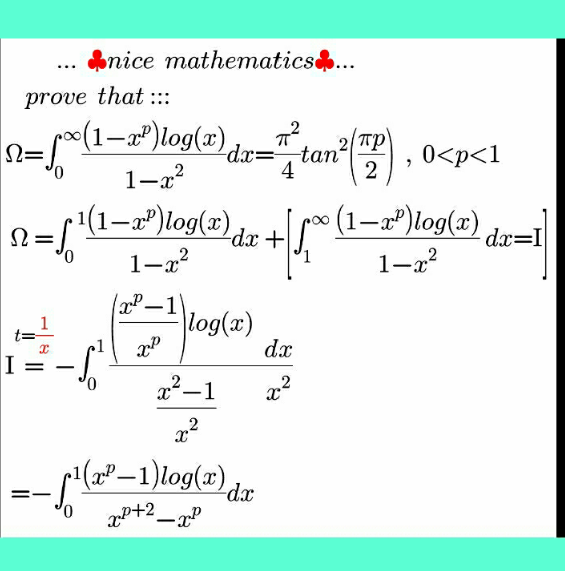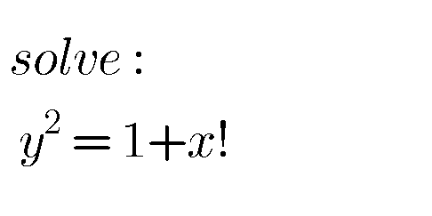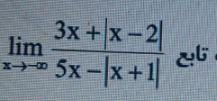
AllQuestion and Answers: Page 1038
Question Number 115595 Answers: 1 Comments: 0
Question Number 115594 Answers: 1 Comments: 0
Question Number 115592 Answers: 0 Comments: 1

Question Number 115625 Answers: 0 Comments: 1

Question Number 115575 Answers: 3 Comments: 2
Question Number 115564 Answers: 1 Comments: 0

Question Number 115558 Answers: 2 Comments: 2
Question Number 115555 Answers: 3 Comments: 1
Question Number 115551 Answers: 2 Comments: 0
Question Number 115544 Answers: 1 Comments: 1
Question Number 115541 Answers: 3 Comments: 0
Question Number 115539 Answers: 1 Comments: 0
Question Number 115534 Answers: 4 Comments: 1
Question Number 115533 Answers: 0 Comments: 0

Question Number 115531 Answers: 0 Comments: 0

Question Number 115532 Answers: 0 Comments: 0

Question Number 115520 Answers: 1 Comments: 0
Question Number 115516 Answers: 1 Comments: 1
Question Number 115508 Answers: 2 Comments: 0
Question Number 115507 Answers: 2 Comments: 0
Question Number 115499 Answers: 0 Comments: 0
Question Number 115498 Answers: 5 Comments: 2
Question Number 115487 Answers: 0 Comments: 3

Question Number 115484 Answers: 1 Comments: 3
Question Number 115472 Answers: 1 Comments: 1

Question Number 115489 Answers: 1 Comments: 0
Pg 1033 Pg 1034 Pg 1035 Pg 1036 Pg 1037 Pg 1038 Pg 1039 Pg 1040 Pg 1041 Pg 1042
